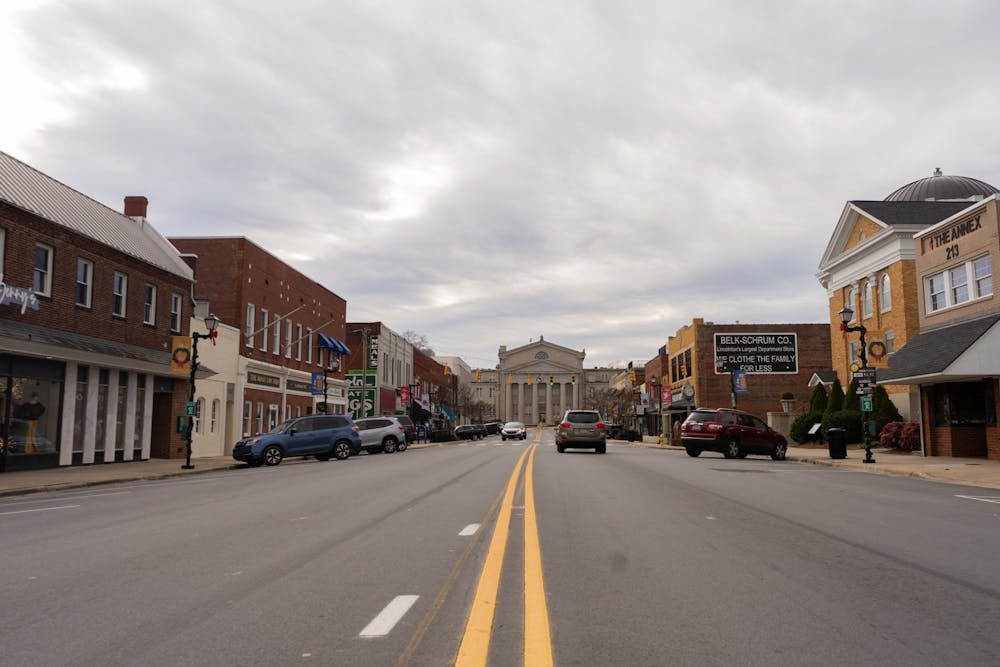Throughout the COVID-19 pandemic, the world has seen the dramatic impact this virus has had on different populations. The virus has ripped through our country since its emergence, but not all population groups are impacted the same.
This virus can be much more deadly and harmful to some — simply due to geographic location. People in rural areas are dying of COVID-19 at more than twice the rate of those in urban areas.
Health experts suggest that this divide is likely to widen as access to medical care shrinks for rural populations, who tend to be less vaccinated.Rural areas comprise themselves of open country and settlements with fewer than 2,500 residents. Urban areas comprise of larger places and densely settled areas around them.
In the fall of 2021, UNC enrolled 4,140 rural students. This is a 5 percent increase from 2016.
With a significant number of students from rural areas, encouraging and providing coronavirus tests and vaccines is an effective way for UNC to encourage accessible COVID-19 care for these students.
The overload of COVID-19 patients in hospitals is contributed by the basic tenet of rural healthcare infrastructure — the ability and need to transfer patients out of rural hospitals to higher levels of specialty at regional or urban hospitals and health care centers.
The pandemic has exacerbated health care barriers for rural communities, including health care provider shortages, insufficient internet availability, geographic location and other issues.
On top of that, the country’s nursing shortage is hitting rural America especially hard, due to a decreased amount of funding to pay the exorbitant fees travel nursing agencies are demanding. Staffing shortages in rural hospitals and healthcare facilities have also come from vaccination mandates, which have caused a wave of resignations, which rural hospitals cannot afford.
People in rural communities are often required to travel longer distances to receive a vaccine. They generally lack access to public transportation, compared to people in urban areas.




